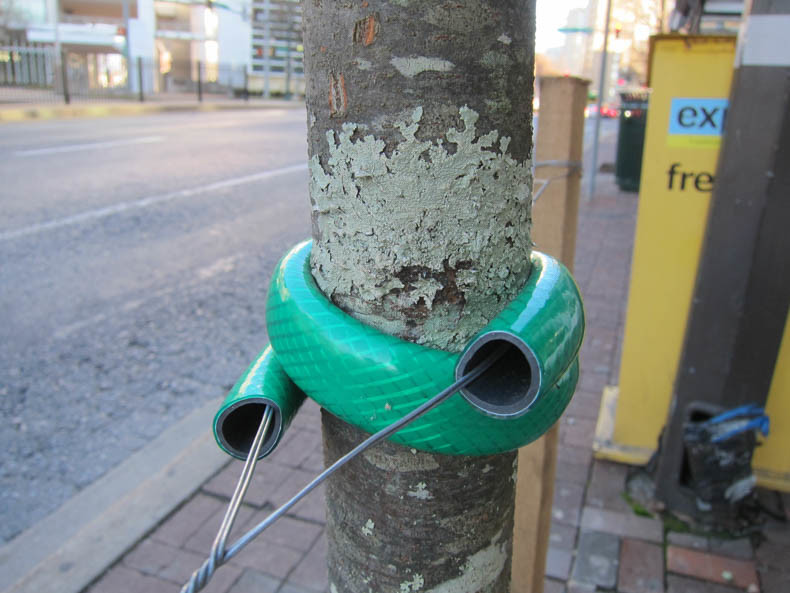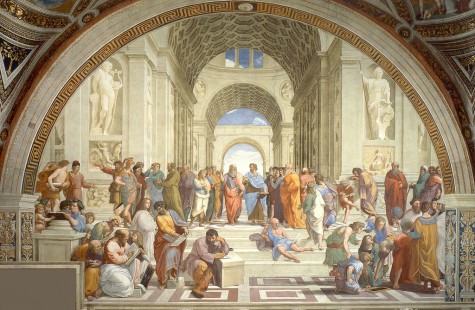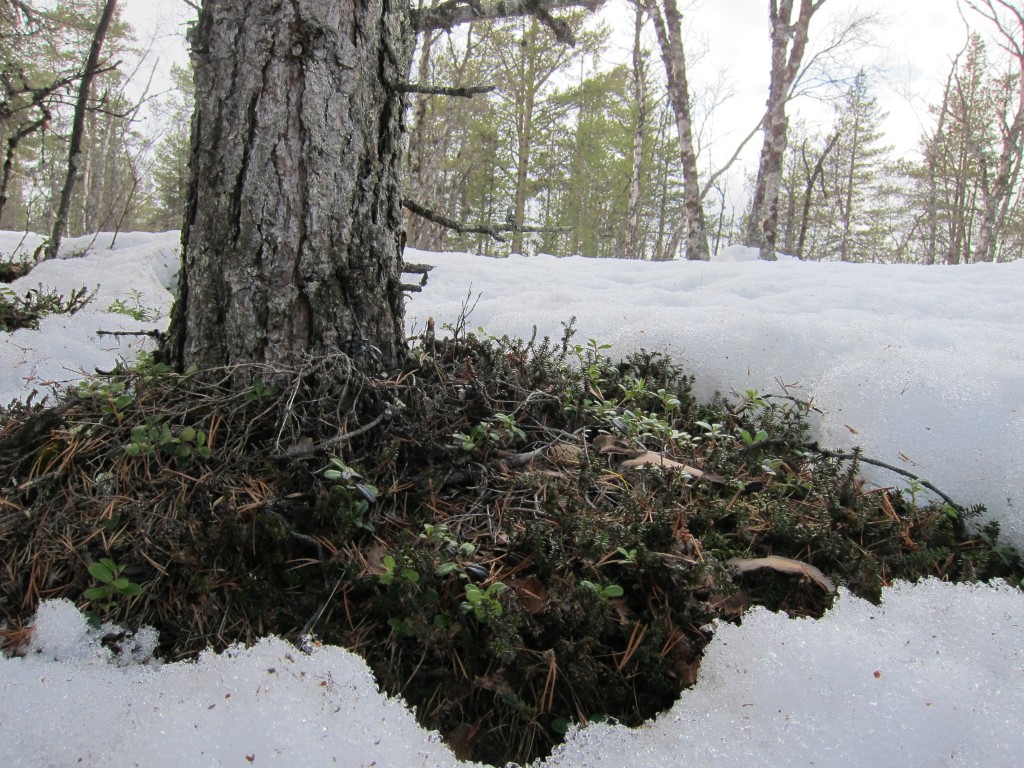
February 1-5, 2016
After digging out from Snowzilla, Ann recalled the last time her Baltimore neighborhood was buried under unreasonable quantities of snow, and how outraged she was at her poorly behaved neighbors.
What are the chances of a giant supernova happened nearby? Slim. Or the chances of a Voyager-like probe from somewhere else coming to our galaxy? Also very slim. Rose wondered why people particularly enjoyed these episodes of her podcast.
Cassie’s dog eats everything. Like, everything. Diapers and garbage and poisonous-to-dogs quantities of vitamin D. She discovered that everyone’s dog does this…and the comments section backs her up. Don’t miss it.
Craig wrote something beautiful about the passage of time, and how archaeology provides a real, emotional connection to the past, and my summary can’t do it justice. It’s really lovely.
Have you thought about where animals go in the snow? Cameron has. For at least some, it’s a cozy, sheltered place called the subnivium.
Photo: Helen Fields, in Kiruna, Sweden
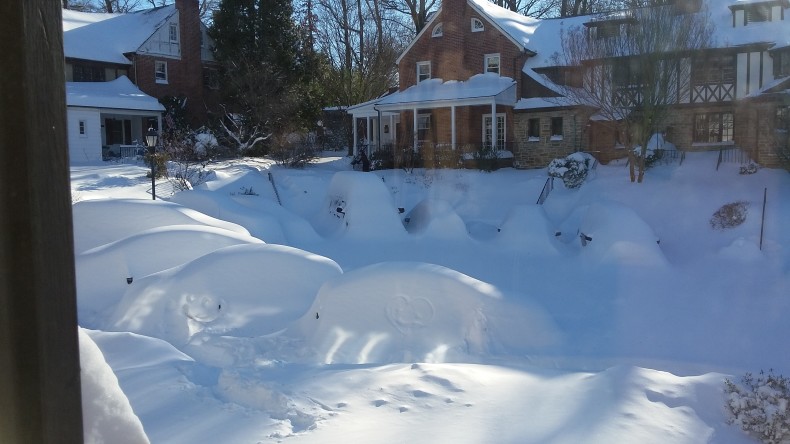



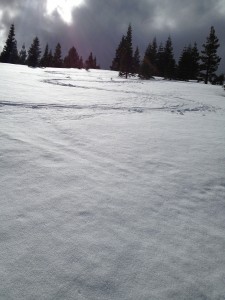 Right now, the meteorological event that some are calling
Right now, the meteorological event that some are calling 